Internationally renowned photographer Pao Houa Her illuminates Hmong culture
A lot has happened to photographer Pao Houa Her this past year. In April, she became the first Hmong American to be selected for the prestigious Whitney Biennial in New York. In July, she opened a solo exhibition at the Walker Art Center, and in November she debuted a solo exhibition at Paris Photo. But Her believes that while she's definitely somebody in the art world, she's not a celebrity in her own community.
"Sometimes I really relish the fact that I'm a nobody in the [Hmong] community," said Her, 40. "I don't have an audience — or the perception is that I don't have an audience, so what I have to say doesn't really matter. There's something really powerful about that — not being a public figure and not having to answer to anybody has really helped me in the ways I am able to work."
Before her big year, she suffered a devastating loss. In March 2021, her husband of nearly 20 years, Ya Yang, died of a sudden brain hemorrhage. They had known each other since junior high, and she said that he was her biggest supporter. He was the person who believed in her even when she didn't believe in herself.
Now, more than a year after Yang's death and on the heels of an international art career blastoff, Her is the Star Tribune's Artist of the Year.
Her Walker Art Center exhibition "Pao Houa Her: Paj qaum ntuj/Flowers of the Sky," named after the Hmong word for marijuana, explores the landscape of Northern California, where many Hmong farmers have relocated to try their hand at growing cannabis, despite anti-Asian racism in the region. People-less pictures, satellite photos and a dual-screen installation inspired by "kwv-txhiaj," or Hmong song poetry, gives visitors a peek into this iteration of the Hmong diaspora.
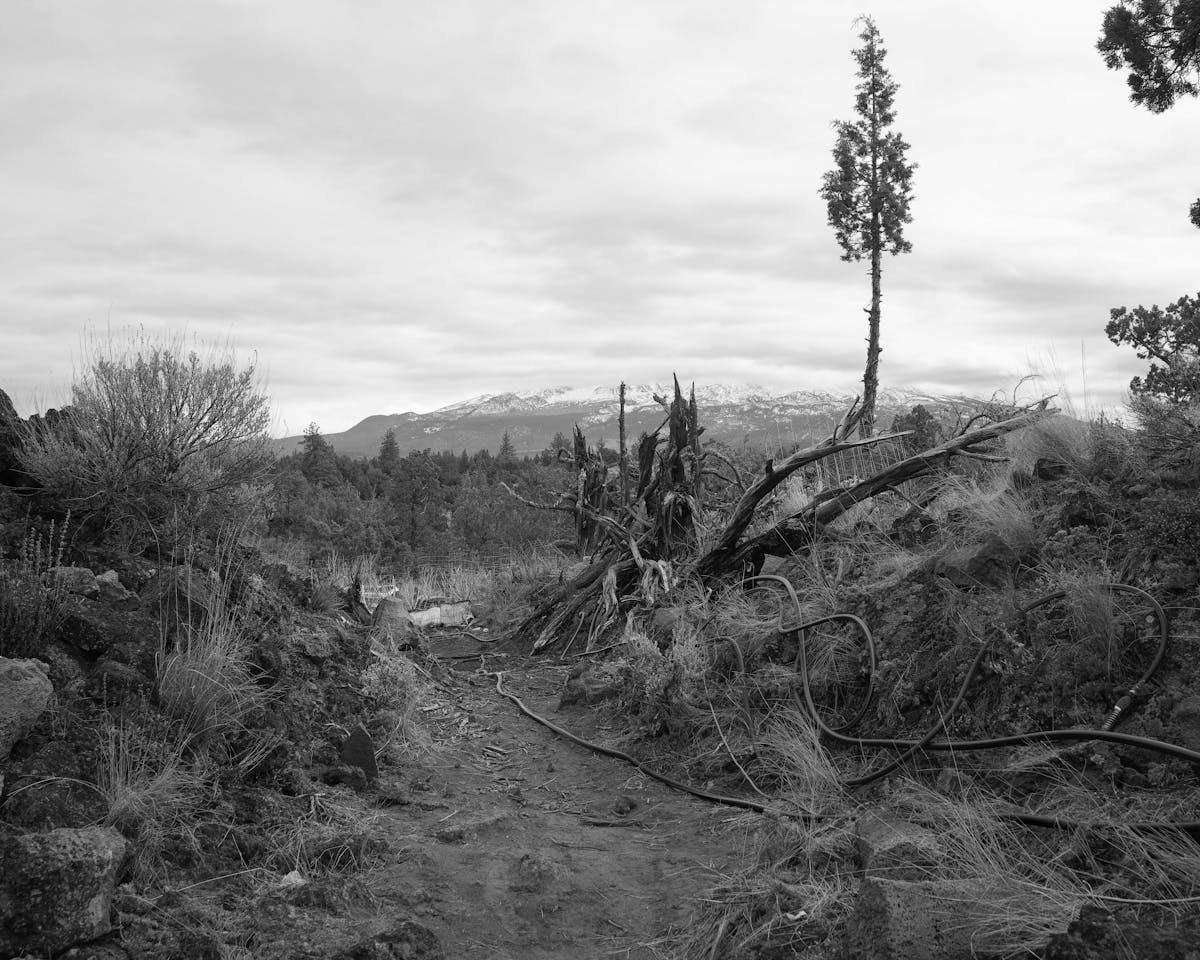
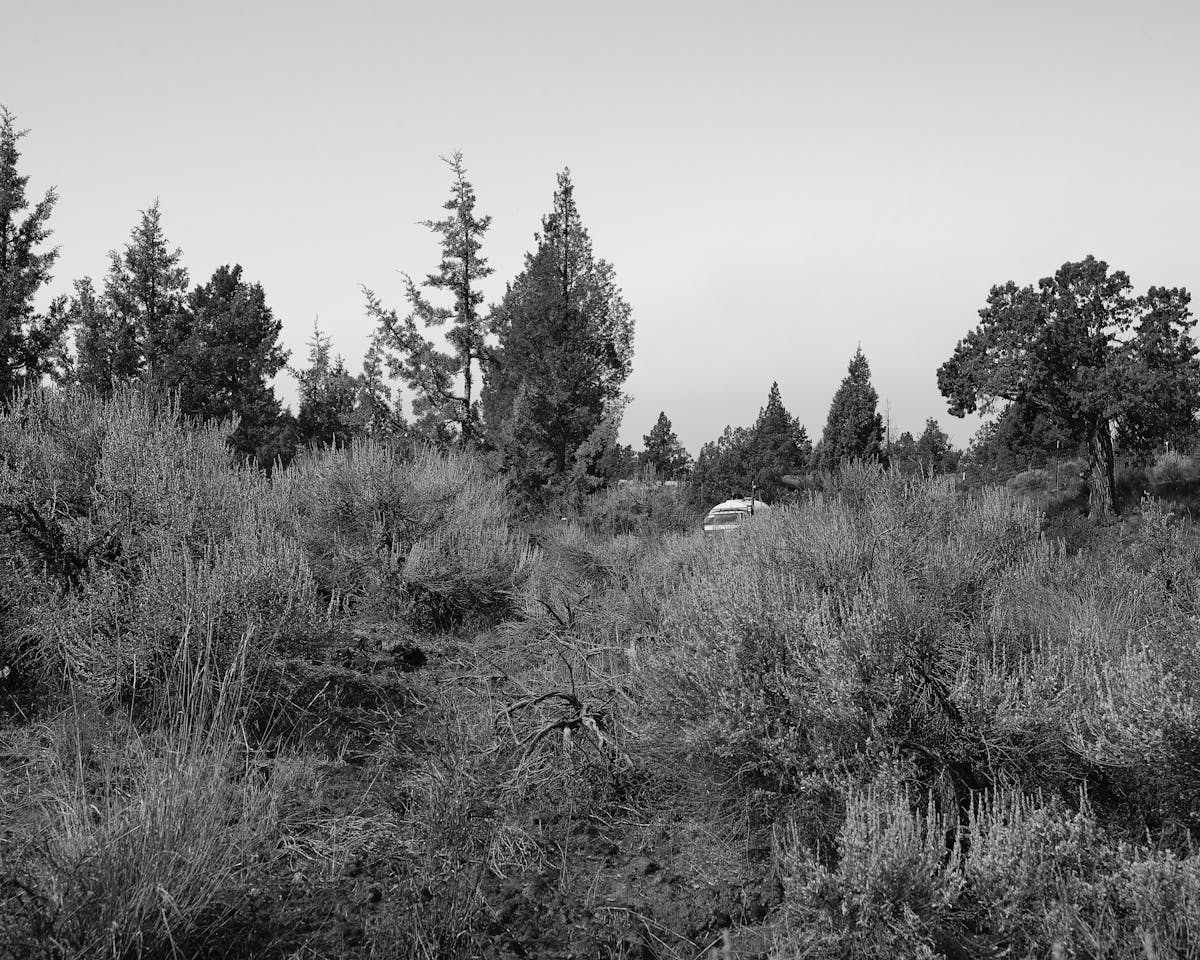
"Untitled," Mt. Shasta Series, by Pao Houa Her, currently on view in the exhibition "Pao Houa Her: Paj qaum ntuj / Flowers of the Sky" at the Walker Art Center.
Such is typical for Her. In the project "My Mother's Flowers," she explored floral iconography in traditional Hmong aesthetics, and the ways some Hmong men search for "pure" Laotian women who "haven't been Westernized" on dating sites. In "Hmong Veterans — Attention," she took portraits of Hmong veterans whose service in the Vietnam War was never recognized by the United States. In "My Grandfather Turned Into a Tiger," she traveled back to Laos, guided by a story her grandmother told her about how her grandfather, who was killed in the Vietnam War (known as the American War in Vietnam), turned into a tiger and haunted the village.
Her, the eldest of seven kids, was born in Laos and fled with her family at age 4 to the United States. She grew up on the East Side of St. Paul, graduated from the Minneapolis College of Art and Design and was the first Hmong American to receive a master of fine arts degree in photography from Yale University. She is an assistant professor in the department of photography and moving images at the University of Minnesota and has taught at many colleges around the region.

Pao Houa Her's series "Hmong Veterans — Attention," 2015. Pictured is, from left, "Hmong Veteran, 2013," "Hmong Veteran, 2012," "Hmong Veteran, 2013," "Hmong Veteran, 2014."
Ever-evolving Hmong aesthetic
Her's work centers the Hmong American experience, and her storytelling blends fiction and reality to create new diasporic mythologies. She never idealizes, but rather is critical of and asks questions about Hmong culture that others would choose to ignore.
Kathy Mouacheupao, executive director of the Metro Regional Arts Council and former executive director of the Center for Hmong Arts and Talent, feels that Her has been able to walk her own path, and observed how she plays with the ever-evolving Hmong aesthetic.
Some of that aesthetic, Mouacheupao said, appears in pictures Hmong parents made their children take when they first came to the United States.
"There was a certain kind of pose, flowers, clothing, all that, and Pao Houa brought that back and made it kind of contemporary, [made] her own version of that," Mouacheupao said. "It was very familiar, and it's an aesthetic that, for young Hmong Americans you kind of try to walk away from, but Pao Houa brought it back in a way that I really appreciated.
"She's got an aesthetic, but it's also very intellectual and deep-rooted in culture. If you're a part of the community, it's familiar … and I think there's something really important about the familiarity."
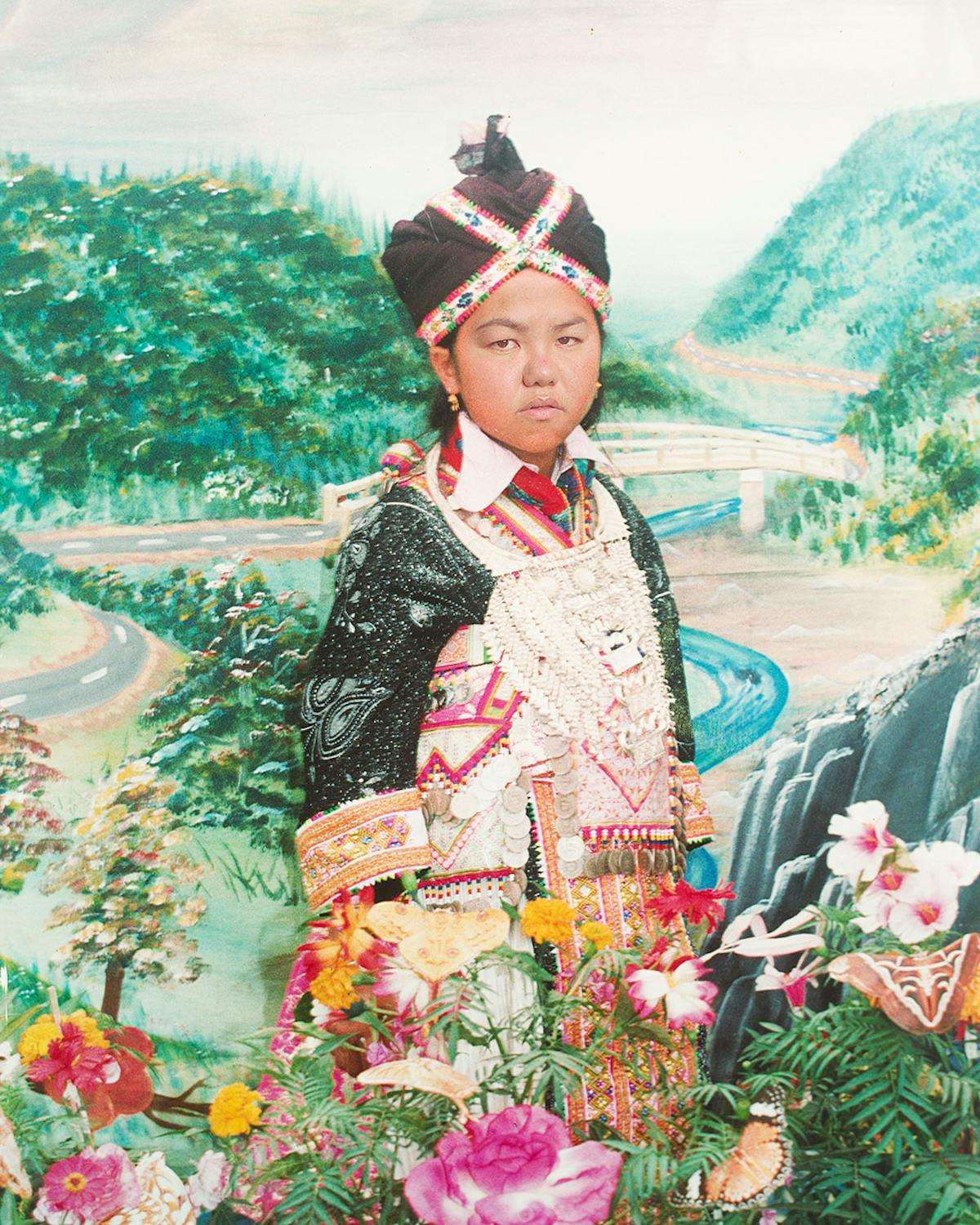
"My grandmother's favorite grandchild—Pao Houa," 2017, from the series "My grandfather turned into a tiger" by Pao Houa Her.
Photographer Wing Young Huie, winner of the 2018 McKnight Distinguished Artist Award, was one of the first people who helped Her realize what she wanted to do. He's known for his projects "Chinese-ness," a nuanced investigation into identity that's part memoir and part documentary, "Frogtown," a documentation of the ethnically diverse neighborhood in St. Paul, and his community-focused project Lake Street U.S.A.
In his Frogtown project, "seeing the older immigrants on the street with their children made me think of how my mother would've appeared walking the streets of Duluth, looking as though a part of her never left China, while her children were becoming acculturated, Americanized," Huie said.
"Seeing Wing's work, what it did to me was it helped connect these two different things for me — that I could tell a story using photographs and that the story doesn't have to be matter-of-fact," Her said. "There can be ambiguity in the photographs, and that it can be a documentation of a group of people that can ask questions."
When Huie saw Her's work, he said: "I was struck aesthetically and emotionally. I recognize much in these photos — that they could be my relatives, and then a kind of uneasiness unfolded."
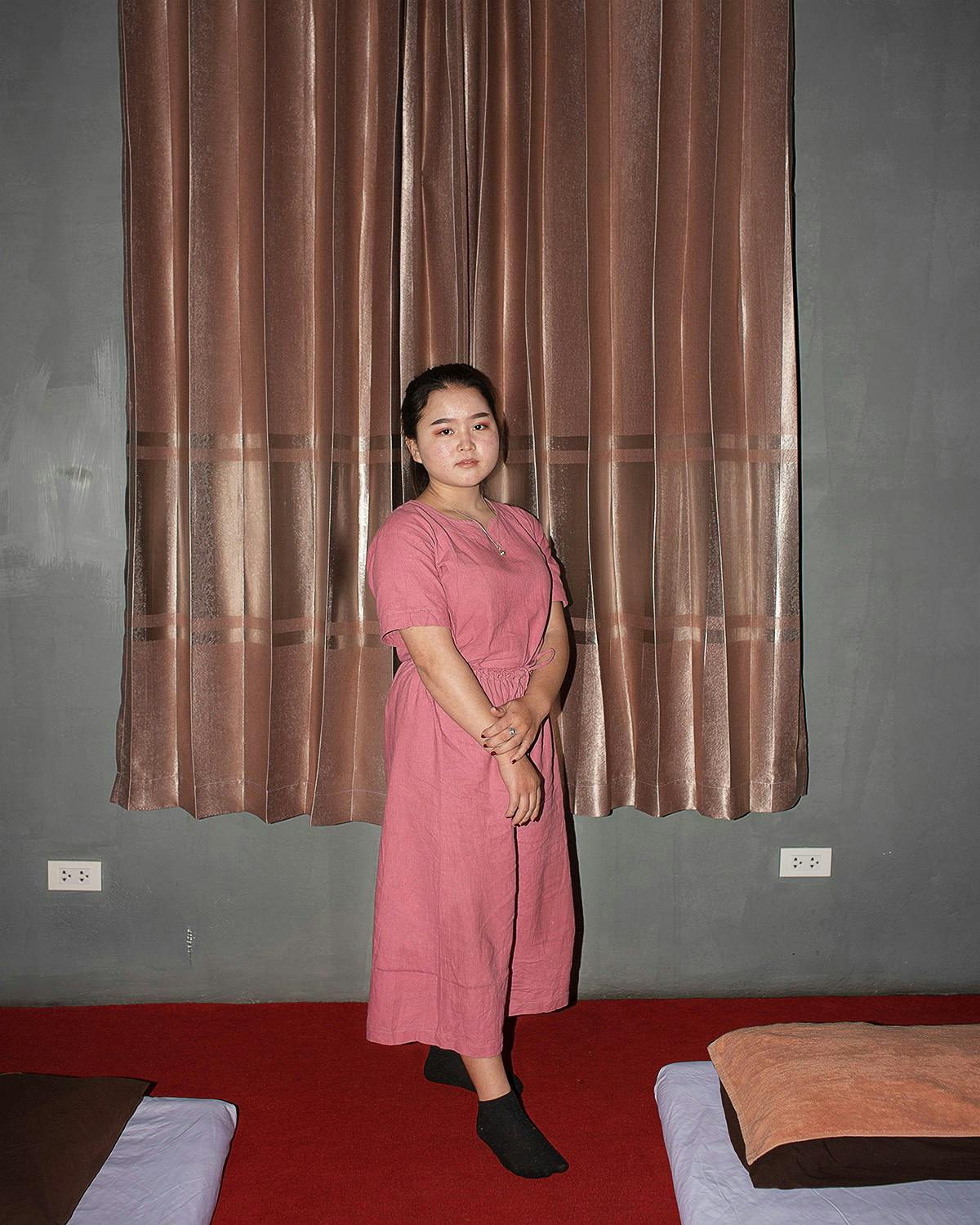
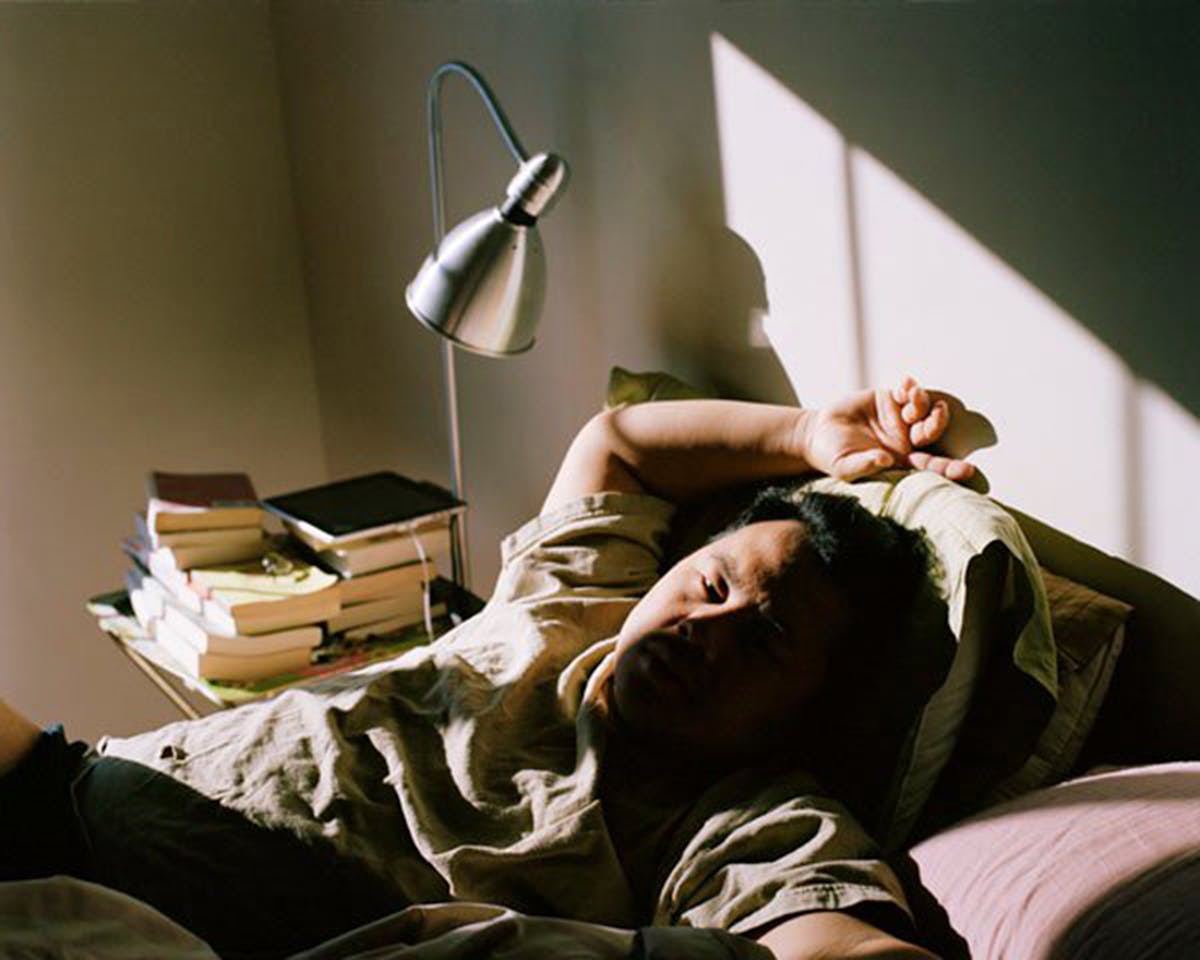
"untitled (woman in pink)," 2019, from the series "The Imaginative Landscape" and "Untitled (Ya in bed)," 2011, by Pao Houa Her.
'Somebody'
When Huie was invited to guest-curate a show at the Gordon Parks Gallery at Metropolitan State University in St. Paul, he thought of Her, who was in the Yale graduate program in photography at the time. In October 2012, shortly after she graduated, Huie curated Her's first solo exhibition, "Somebody."
In a twist of fate, perhaps in one of the many ways Her and Huie's lives intersected before they officially worked together, Huie shot a photograph of Her's uncle in the exact place in Frogtown where, many years later, he died by suicide. In fact, Huie photographed many of Her's family members.
In his images, she saw her people photographed for the first time.
Today she lives in Blaine, a quiet suburb, in the house that she bought with Yang. Nowadays, the house is often filled with the noises of her nephew Vince, 6, niece Kaylee, 7, and siblings Mai Youa and Julie.
When she was in graduate school, she would travel back to Minnesota often, sometimes every other weekend, in part thanks to Yang's support, to take pictures of her community. She was at an elite Ivy League school on the East Coast, but her heart and people were in Minnesota.
"I'm just some photographer who happens to have a male-sounding name who sometimes photographs and has museum shows," she said. "But that's not a big deal. I kind of like this idea of operating in that sense."

